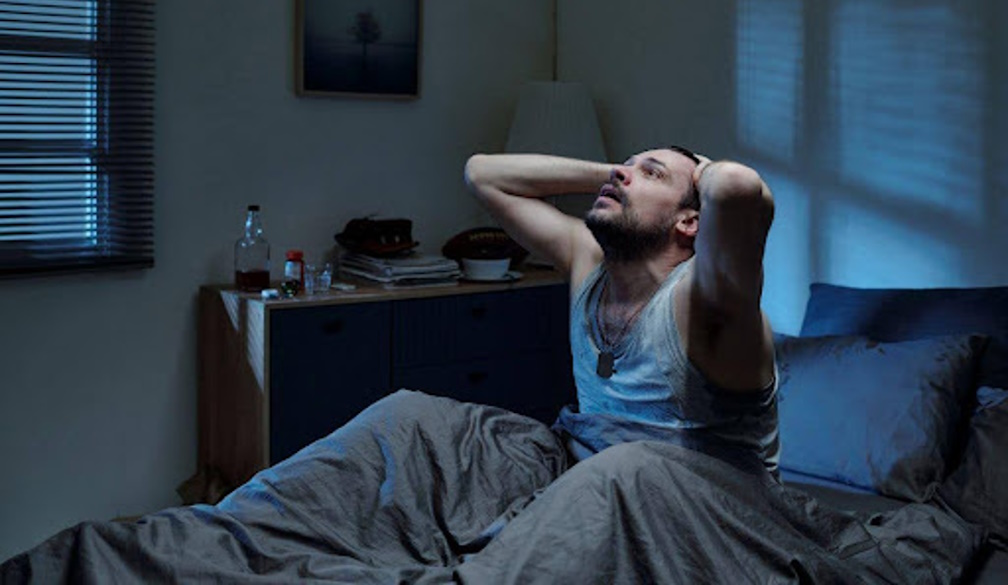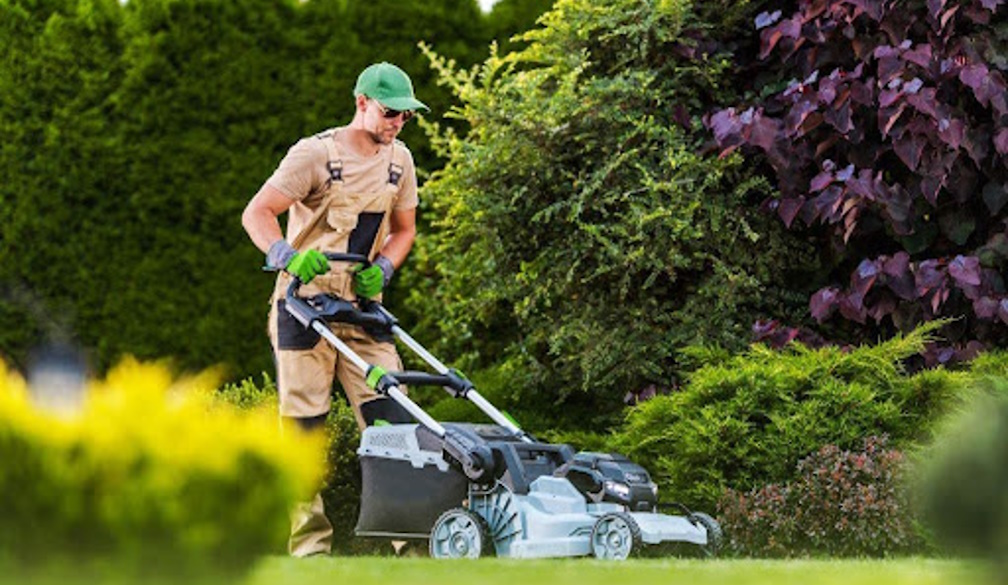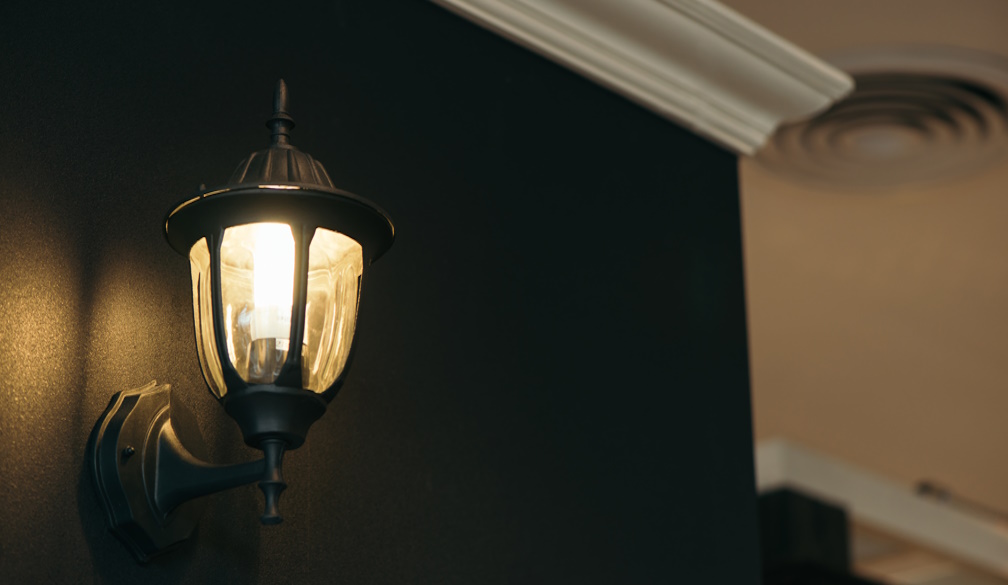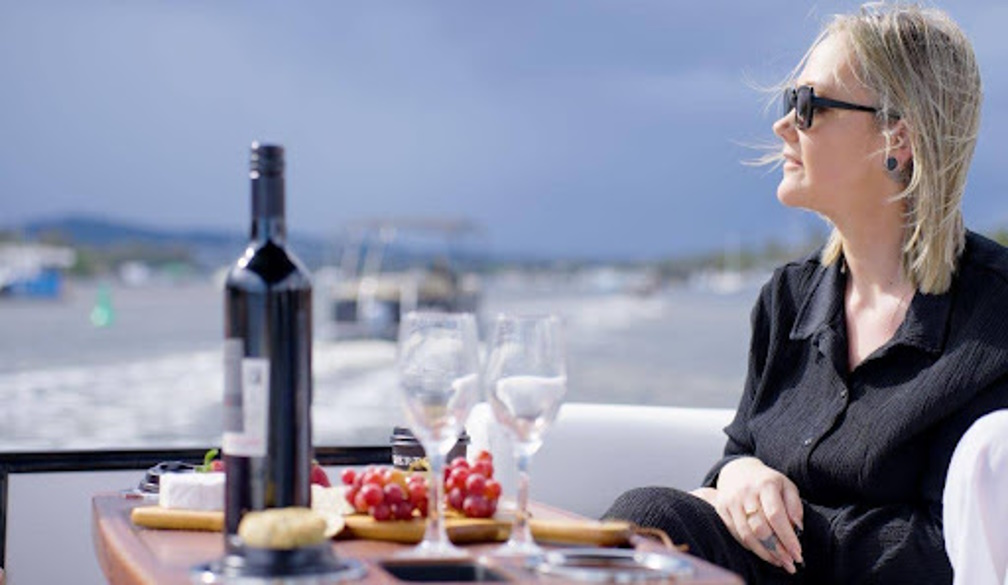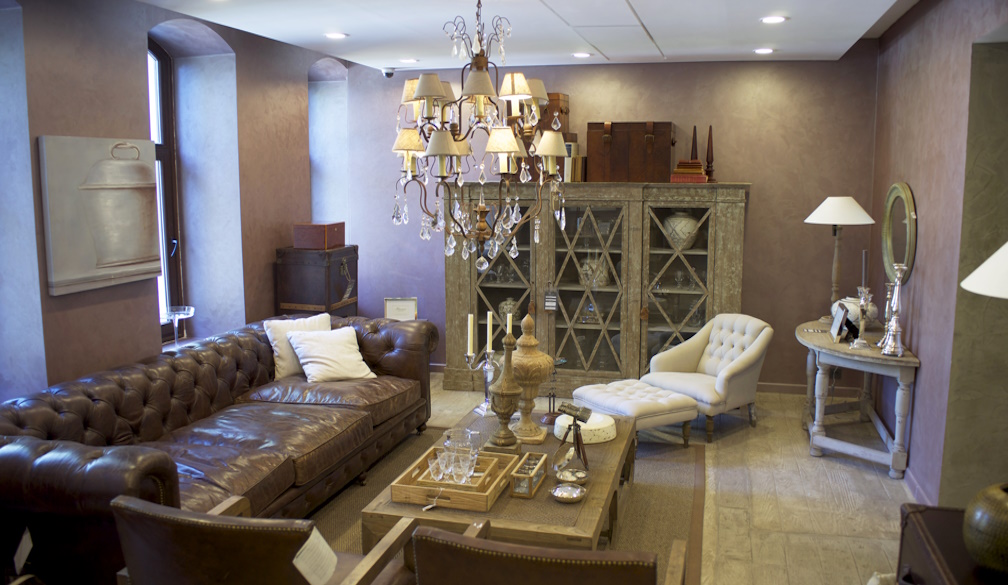More than 430,000 Australians could have owned their own home today – if not for 7 prime ministers’ inaction
- Written by Peter Martin, Visiting Fellow, Crawford School of Public Policy, Australian National University

Thirteen years ago at the tax summit called to discuss the Henry Tax Review, David Koch stopped discussion of negative gearing dead in its tracks.
Better known by many as “Kochie”, he was the long-running host of Channel Seven’s Sunrise, TV’s favourite “daggy dad”, a finance journalist and a community representative at the summit.
Property manager Eddie Kutner had just finished putting the case for negative gearing. He argued allowing landlords who lost money to deduct the losses from their other income to cut tax was “a responsible part of providing accommodation”.
Then Koch spoke. He looked around the room.
Negative gearing on an unproductive asset? Does it just go on for time immemorial, or is it time to actually put some limits on it – to say, okay for the first five years, but if it’s not producing an income after that, why are you there?
The fiction at the heart of negative gearing
Koch had zeroed in on the fiction at the heart of negative gearing: that the landlord had bought and rented out a property to earn income, but had failed, perhaps temporarily or perhaps for a very long time. As a result, they needed to be compensated for losses incurred in the pursuit of an income.
It’s an argument we’ve grown used to hearing in Australia. Overseas? Forget it.
Landlords aren’t compensated in the same way in the United Kingdom or the United States.
In both those countries, landlords are allowed to lose money – no crime in that. But they are not allowed to offset those losses against their wages to pay less tax (although they are able to offset them against income from other investments).
In Canada, landlords can try it on. But the bar is higher: there, they need to be able to demonstrate an “intention to make a profit” – something that would be beyond many Australian negative gearers.
Back at the 2011 tax summit, Koch went on: “It’s done purely for the attraction of letting the taxman pay half, I’m not saying get rid of it altogether, but there’s got to be a limit”.
No one returned to the topic. The summit moved on. And here we are 13 years later, still having the same argument.
13 billion reasons for change
Negative gearing has become so common – in Australia, one in six taxpayers are landlords and 40% of them negatively gear – that we no longer think of it as weird.
But the treasury is examining it. Since Jim Chalmers became treasurer in 2022, it has been including it in its annual list of anomalies known as tax expenditures. Chalmers says he has sought its advice about it, which he says is “not especially unusual, especially when it comes to contentious issues”.
Axing negative gearing would bring in an extra A$7.7 billion next financial year according to calculations by the Parliamentary Budget Office.
If the government also abolished the 50% discount on the capital gains tax that makes negative gearing attractive, it would save a further $5.9 billion dollars.
The total, $13.6 billion, would be enough to fund substantial extra tax cuts for all of us – about half as big as the Stage 3 tax cuts that began in July.
But that’s not the only argument for winding back access to negative gearing – and perhaps not even the strongest.
More landlords means fewer owner-occupiers
For most of the post-war years, right through to the 2001 census, about 70% of Australian households lived in a home they owned. They didn’t rent, and many who did could expect to own their home as they moved through life.
In 1999, the headline rate of capital gains tax was halved. In the 25 years since then, home ownership has fallen to 66%. It has fallen on the watch of John Howard, Kevin Rudd, Julia Gillard, Tony Abbott, Malcolm Turnbull, Scott Morrison and now Anthony Albanese.
It has happened because more homes are owned by landlords. The maths are unarguable.
The bigger the share that is owned by landlords, the smaller the share that is owned by occupiers.
My calculations suggest that if homeownership bounced back to 70%, where it was in 2001, an extra 430,000 homes – 4% of Australia’s 10.8 million households – would now be owned by the people who live in them.
Modelling finds limits would build back home ownership
Would limiting access to negative gearing and capital gains tax concessions help more of us own our homes? Two sets of economics modelling suggest it could.
Modelling of the changes Labor took to the 2019 election by Deloitte Access Economics for the Property Council found that, over time, they would increase the share of owner-occupiers by 2.5 percentage points. At the moment, that would mean an extra 270,000 homes owned by the people who live in them.
Modelling by the New South Wales Treasury found Labor’s 2019 plan would increase the share 4.7 percentage points (which would mean 507,000 more owner-occupied homes).
What options does the government have now?
Of course, there are all sorts of things the treasury could suggest to Jim Chalmers that would fall short of the plans Labor took to the 2019 election – but which would still help.
Koch suggested one option: “there’s got to be a limit”.
The Albanese government – or a future government, should Albanese choose to do nothing like his predecessors – could limit the number of homes each investor is able to negatively gear.
That limit could be set at one investment property (most investors negatively gear only one). Or it could be a more generous two: nine out of ten negatively gear only one or two. Only a minority – 31,000 – own four or more.
Alternatively, Australia could limit the dollar amount negative gearers are able to deduct from their pay for tax purposes, perhaps stopping at $20,000. Not only are high earners more likely to negatively gear than low earners, they are also likely to deduct more, because they borrow more and are in higher tax brackets.
Or we could phase it out over five years, as suggested by the Grattan Institute.
Or we could protect existing arrangements (as Shorten promised to in 2019) and continue to allow negative gearing for investors who build new homes rather than buy existing ones.
Or do nothing. Both former prime minister Scott Morrison and former treasurer Joe Hockey said they were unhappy with the way negative gearing worked, yet did nothing while in office. They kicked the can down the road.
Albanese and Chalmers are in charge now. What will they do next?
Authors: Peter Martin, Visiting Fellow, Crawford School of Public Policy, Australian National University







